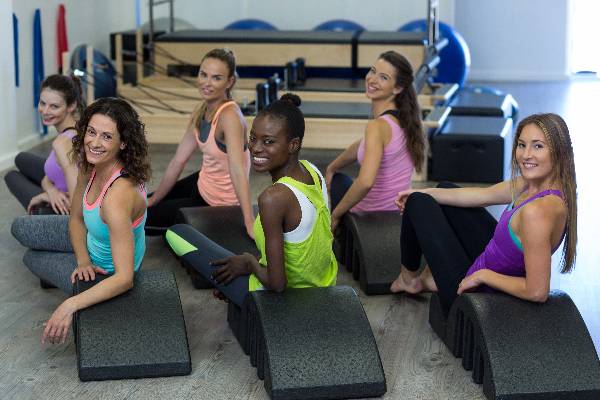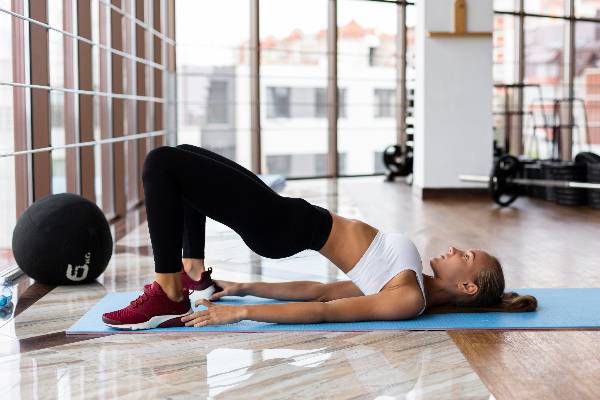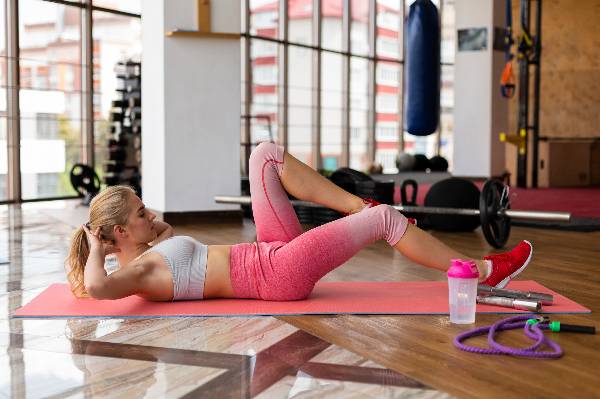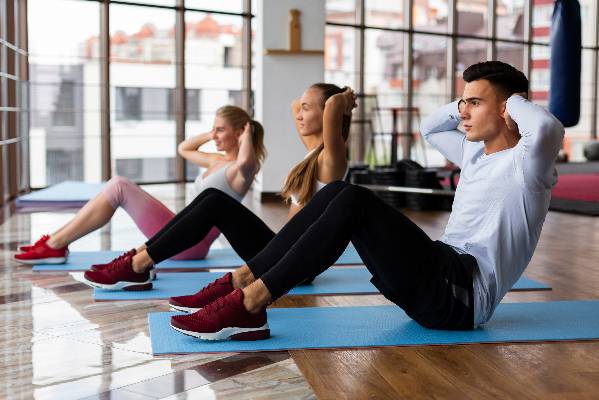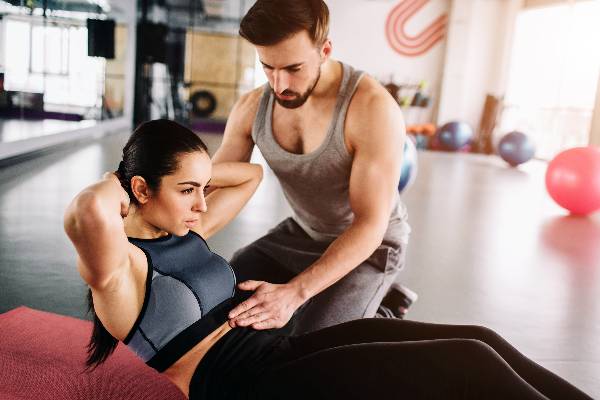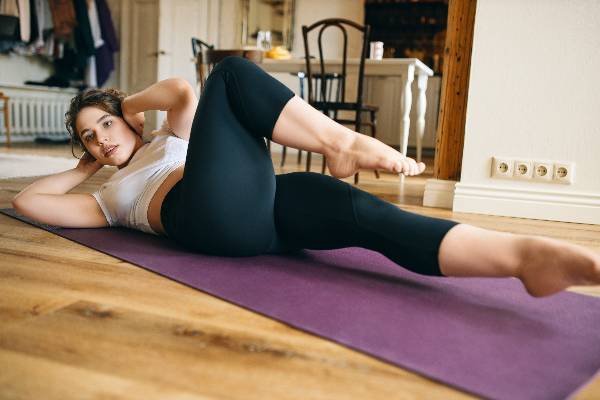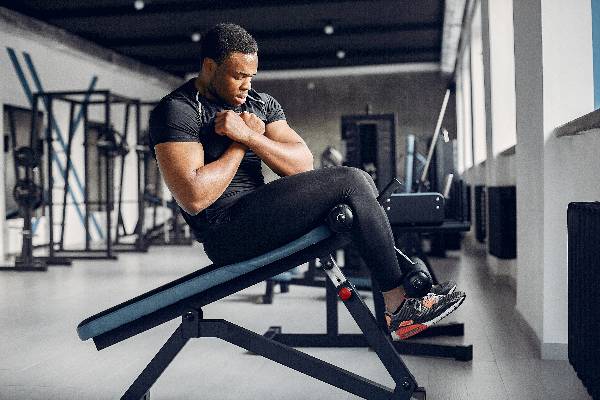Best Core Exercises for Women
When it comes to fitness, the core is often overlooked. Many women focus solely on achieving those enviable abs, forgetting that a strong core encompasses much more than just a sculpted midsection. A powerful core plays an essential role in overall health, stability, and athletic performance. Whether you’re lifting weights at the gym or chasing after kids at home, having a robust foundation can enhance your strength and prevent injuries.
If you’re curious about how to build this crucial part of your body effectively, you’ve come to the right place. This guide will dive into the best core exercises for women—perfect for all fitness levels—and provide tips on maximizing results while incorporating these workouts into your routine. Ready to strengthen that center? Let’s get started!
Why having a strong core is important for women
A strong core is vital for women, as it supports overall body stability. Every movement you make relies on this central powerhouse.
Good core strength improves posture. It helps keep your spine aligned and reduces the risk of back pain. When you sit or stand tall, not only do you feel better, but you also project confidence.
Additionally, a solid core enhances athletic performance. Whether running, swimming, or participating in group classes, a strong midsection allows for better balance and coordination.
Daily activities also benefit from core strength. Lifting groceries or playing with children becomes easier when your muscles are well-conditioned.
Engaging the core can enhance your workouts. Stronger stabilization means more effective exercises and fewer injuries along the way. Embracing these benefits can transform how women approach fitness and wellness in their lives.
The difference between core and abs
Many people often confuse core strength with having defined abs. While they are related, they serve different purposes in fitness and health.
The term “core” refers to a broader group of muscles that includes not just your abdominal muscles but also the back, hips, and pelvic floor. These muscles work together to stabilize your body during movement.
On the other hand, “abs” typically refers specifically to the rectus abdominis—the muscle responsible for that coveted six-pack look. Focused primarily on flexion of the spine, it plays a role in aesthetics rather than functional strength.
A well-developed core enhances overall stability and balance, aiding in everyday activities as well as athletic performance. Strong abs can be part of a solid core but don’t encompass its full range of capabilities. Understanding this difference is key to optimizing your workouts for better results.
Top 5 core exercises for women
Plank variations are a fantastic way to build stability. Start with the classic plank and then try side planks or forearm planks for an added challenge.
Bicycle crunches not only target your abs but also work your obliques. The twisting motion engages multiple muscle groups, enhancing both strength and coordination.
Russian twists can be done with or without weights. This exercise is great for improving rotational strength while focusing on those pesky love handles.
Bird-dog is unique because it combines balance with core engagement. As you extend opposite limbs, you’ll feel your entire core working to maintain stability.
Mountain climbers elevate your heart rate while strengthening the core. They’re dynamic and perfect for adding intensity to any workout routine during intervals or circuits.
Modifications for different fitness levels
Core exercises can be adaptable to fit every fitness level. Beginners might struggle with traditional moves like planks or sit-ups. Starting with modified versions helps build strength without feeling overwhelmed.
For instance, a knee plank is an excellent alternative for those new to core workouts. By dropping your knees to the ground, you reduce strain while still targeting essential muscles.
Intermediate exercisers can focus on stability by incorporating variations like side planks. This not only challenges balance but also activates oblique muscles effectively.
Advanced practitioners may explore dynamic movements such as medicine ball slams or hanging leg raises. These exercises elevate intensity and add complexity to routines.
Listening to your body is crucial too. Always adjust the difficulty based on how you’re feeling that day—it’s about progress, not perfection!
Tips and tricks for getting the most out of your core workouts
Focus on your form. Proper alignment is crucial for effective core workouts. Engage your muscles fully by drawing in your belly button and maintaining a neutral spine.
Breathe deeply during exercises. This helps activate the core more efficiently and supports muscle endurance. Use exhalation to power through difficult parts of a move.
Incorporate stability tools like exercise balls or resistance bands. These add variety and challenge, forcing your core to stabilize even more as you work out.
Mix it up with different tempos. Slower movements increase time under tension, while faster ones can boost heart rate and intensity.
Schedule regular sessions into your weekly routine. Consistency is key to building strength over time, so make these routines part of your lifestyle rather than just an occasional workout choice.
Incorporating core exercises into your fitness routine
Incorporating core exercises into your fitness routine can enhance overall strength and stability. Start by identifying a few key workouts that resonate with you, such as planks or Russian twists.
Aim to integrate these exercises two to three times per week. This frequency allows for muscle recovery while still challenging your core effectively.
You can include them at the beginning of your workout as a warm-up or toward the end for an added challenge. Mixing core work with cardio sessions is also effective; try alternating between high-intensity intervals and targeted core moves.
Don’t forget about flexibility! Pairing core exercises with stretches will promote better movement patterns and help prevent injury.
Listen to your body; if something feels uncomfortable, adjust accordingly. Celebrate small victories along the way to keep motivation high—every bit counts in building a stronger foundation!
Conclusion
Having a strong core is essential for women. It enhances stability, improves posture, and supports overall physical performance. A robust core also plays a vital role in injury prevention and daily activities. When you strengthen this area, everyday tasks become easier.
Understanding the distinction between core muscles and abs is crucial. The core encompasses more than just your abdominal muscles; it includes the entire torso region that stabilizes movement, including the back, hips, and pelvis.
Incorporating effective exercises into your routine can lead to significant changes in strength and endurance. With modifications available for various fitness levels, anyone can engage with these workouts effectively. Whether you’re just starting or looking to level up your training regimen, there are options suited to your abilities.
Furthermore, employing tips such as focusing on form over speed will enhance the quality of each workout session. Consistency is key when integrating these moves into an established fitness plan.
With patience and dedication towards building a stronger core through targeted exercises tailored for women’s needs—transformation awaits! Embrace these practices not only for aesthetic goals but for functional strength that benefits every aspect of life. Start today!
- About the Author
- Latest Posts
Johnnie D. Jackow Sr., the founder and CEO of Total Body Fitness, Worldwide, has a long-standing career in the fitness industry. He began as a certified personal trainer in the mid-90s and soon after authored his first weight loss book in 1998. This led to the launch of Total Body Fitness, Nationwide in the USA at the same time. Johnnie gained recognition as the fitness guru of his time, running infomercials on local TV late at night in Houston, Texas. Over the years, he has helped more than 40,000 individuals from all over the world achieve their health and fitness goals. With over 60,000 hours of documented training in integrative functional medicine, he completed his PhD in human physiology in 2010. His primary objective is to assist people in reaching their health and fitness goals through alternative approaches rather than relying solely on conventional medicine and pharmaceutical drugs. Today, with almost three decades of experience under his belt, Johnnie continues to be a leader in health and fitness.

